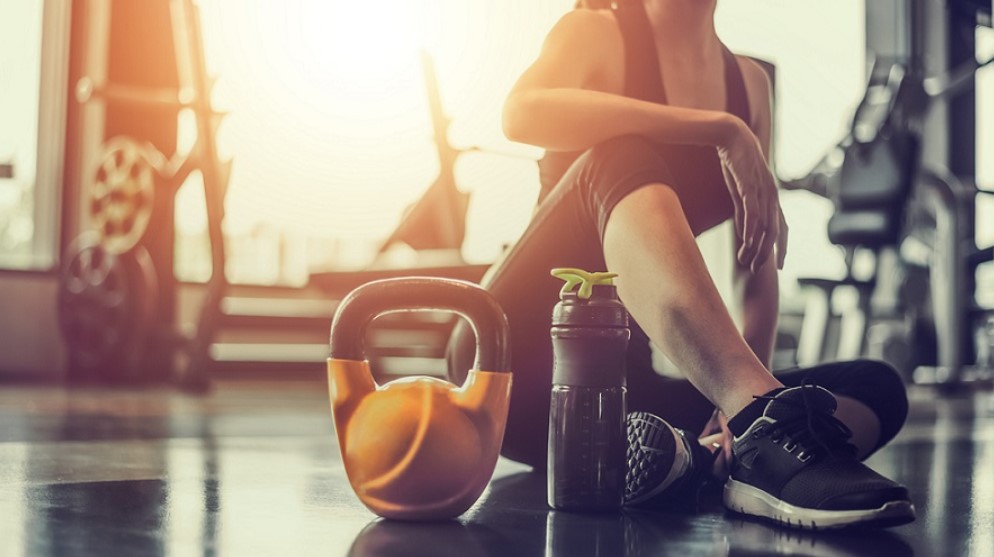Wilbur-Ellis Nutrition extends reach in pet food as it acquires Ohio based firm
Emmert is a 140-year-old, family-owned company with manufacturing operations in Cincinnati, Ohio, and 35-plus employees.
The company has a proven track record in animal nutrition, delivering “the right balance of brewer’s yeast, protein, vitamins, and essential amino acids” to support companion animal and livestock health, said Wilbur-Ellis.
“The acquisition will expand our product and customer base in pet food with value-added products. We also see great potential for Emmert’s research and development capabilities – which complement our own and can be leveraged in the future across the division, including the livestock and aquaculture businesses,” Matt Fanta, president of Wilbur-Ellis Nutrition.
Wilbur-Ellis CEO, John Buckley, noted: “Emmert’s capabilities are a great fit for the nutrition business, bringing greater balance and diversification to the division’s portfolio. The acquisition also supports the company’s broader strategy to continue building on our position as a leading agriculture and food company in North America.”
Along with a strong business fit, Buckley and Fanta highlighted the similar values and culture of both firms.
“Wilbur-Ellis has a long history of growth through acquisition,” Fanta noted. “And in every case, having similar values has been an important consideration.”
The deal is subject to the customary closing conditions.
Forage focus
July 2021 saw Wilbur-Ellis Nutrition acquire the forage pellet unit of Ametza, based in Holtville, California, with it saying then the acquired business complemented its existing forage manufacturing operations, located nearby. “Going forward, we expect to leverage our respective capabilities as we continue to invest in this business and grow our presence both domestically and internationally.”
Wilbur-Ellis Nutrition provides nutrition products for the livestock, pet food and aquaculture industries; it generates over US$500m in sales revenue annually and has over 30 locations across the US, Canada, New Zealand, and Japan


:quality(70)/cloudfront-us-east-1.images.arcpublishing.com/tronc/WZGIWSRHQNAZ5B7LAEQTNUHSSI.JPG)